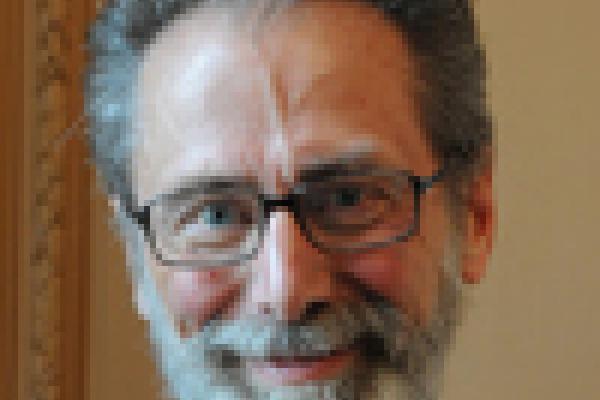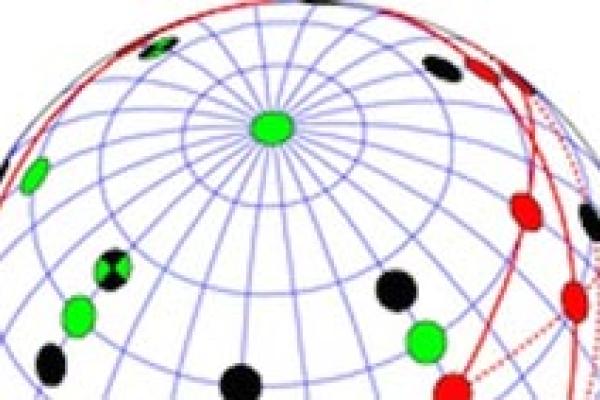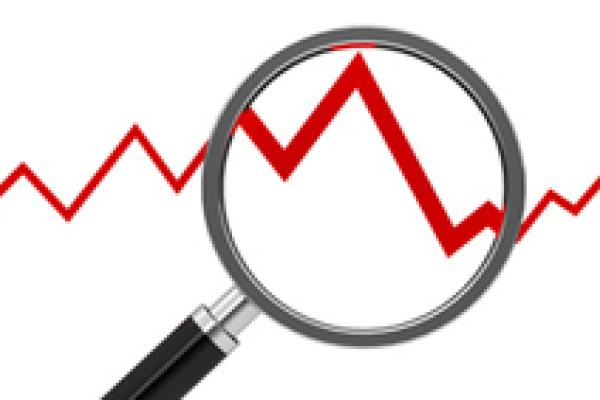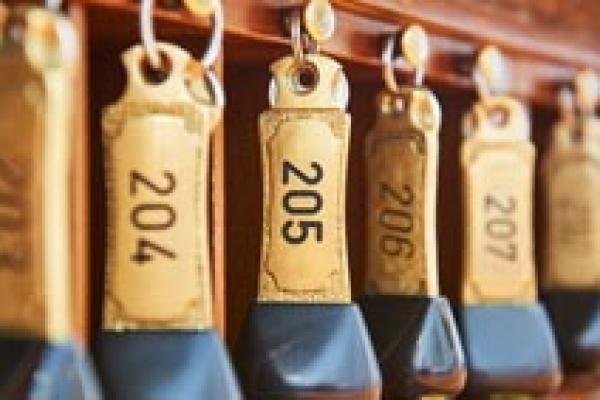News story

Wavelets catch Abel Prize
This year's Abel Prize has been awarded to Yves Meyer for the development of an incredibly powerful mathematical tool.







Are you stumped by the dating game? Never fear — Plus is here! This article looks at one of the central questions of dating: how many people should you date before settling for something serious?


